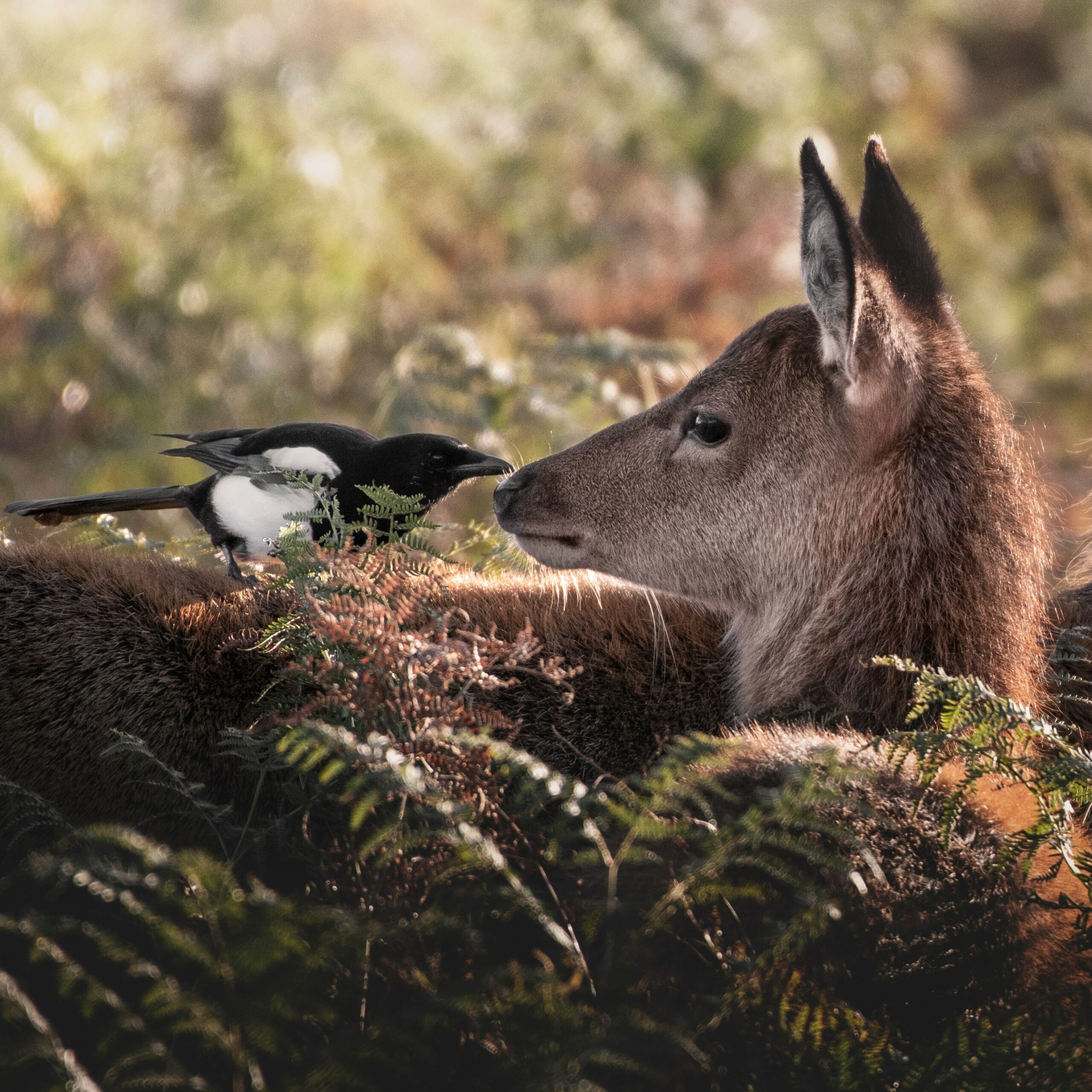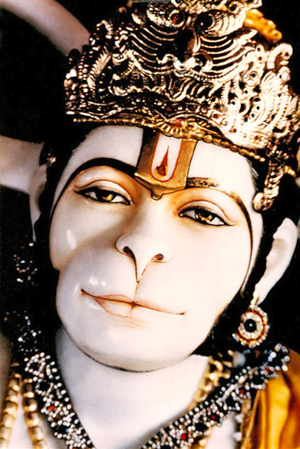Magpie Symbolism in English Lore
The magpie (Pica pica) is a bird of striking beauty and extraordinary intelligence, which has captivated human imagination for centuries. Its unique physical and behavioral traits—its glossy black-and-white plumage, iridescent blue-green wings, loud chattering calls, and highly social nature—have contributed to the wealth of superstitions, legends, and folk beliefs surrounding it. Let’s explore the characteristics of the magpie that have made it such a powerful symbol in English and European lore.
1. Intelligence: The Clever Trickster
Magpies belong to the corvid family (which includes ravens, crows, and jackdaws), widely regarded as some of the most intelligent birds in the world. Their intelligence is comparable to that of great apes, and they are among the very few species capable of passing the mirror test, meaning they can recognize themselves in a reflection.
How Intelligence Shaped Folklore:
• Trickster Reputation: Intelligence and cunning are intertwined in many cultures, often giving rise to trickster myths. The magpie’s ability to solve problems, mimic sounds, and engage in complex social interactions has been associated with mischief and deception.
• Prophetic Powers: Because of their intelligence and keen awareness of their surroundings, magpies were believed to foretell events, particularly bad omens. Their chattering calls were thought to signal visitors or approaching danger.
• Language and Magic: In some English and Celtic traditions, it was believed that magpies could understand human speech or that witches could shape-shift into them. This belief may stem from the magpie’s natural ability to mimic sounds, including human words.
2. Thieving and Hoarding: The Magpie as a Collector of Shiny Objects
One of the most well-known myths about magpies is that they steal shiny objects like jewelry and coins to hoard in their nests. Although scientific studies suggest magpies are more curious than compulsively drawn to shiny things, the perception of them as natural burglars has persisted.
Folklore Derived from This Behavior:
• Omen of Wealth or Misfortune: In some tales, finding a magpie near one’s home signaled incoming riches—if it was carrying silver or gold. However, in other versions, it was seen as an omen of theft, particularly if objects had recently gone missing.
• Rossini’s Opera – La Gazza Ladra (The Thieving Magpie): This 1817 opera cemented the idea of magpies as thieves in popular culture. The story revolves around a magpie stealing silverware and causing wrongful accusations.
• “One for Sorrow” Counting Rhyme: The rhyme reflects an ancient belief that magpies’ appearances could predict the future. A single magpie (often perceived as alone due to its mate being out of sight) symbolized sorrow, while two magpies represented happiness, possibly because they naturally form strong pair bonds.
3. The Social and Vocal Magpie: A Gossiper and Messenger
Magpies are highly social birds, living in tight-knit family groups and communicating through various loud, chattering calls. Their noisy presence often made them seem like messengers of the unseen world.
How This Influenced Superstition:
• A Messenger Between Worlds: Because magpies were often seen in graveyards, people believed they could communicate with the dead. Some legends even claimed magpies had the power to carry messages between the living and the afterlife.
• Bringer of Secrets: The famous rhyme includes “seven for a secret, never to be told,” likely stemming from the magpie’s loud, talkative nature. Seeing seven magpies together was believed to signify that a deep secret was at play.
• Chattering as a Sign of Gossip: The way magpies constantly chatter led to associations with gossip and rumor-spreading. In medieval England, a person who talked too much was sometimes called a “magpie.”
4. Duality of Light and Dark: A Bird of Contradictions
Magpies are striking birds with contrasting black-and-white plumage and shimmering iridescent blue-green wings. This stark contrast symbolized the duality of good and evil, life and death.
Symbolic Interpretations of Magpie Colors:
• Black and White = Balance of Opposites: The magpie’s appearance led to associations with yin and yang, wisdom and foolishness, and luck and misfortune.
• Omen of Death or Protection: In some English counties, magpies were thought to be linked to death, particularly when seen alone. However, in other regions, a group of magpies was seen as protective and a sign of good fortune.
5. Religious and Mythological Associations
Magpies have been tied to Christian, pagan, and Norse traditions, often straddling the line between divine favor and demonic influence.
Christianity & the Devil’s Bird
• A medieval belief suggested that magpies refused to mourn Jesus’ crucifixion while other birds showed grief.
• Another legend claimed that magpies were partially cursed—not entirely black like crows (symbolizing death) nor completely white like doves (representing purity). They were, therefore, creatures of both the sacred and the damned.
• In some areas, seeing a magpie near a churchyard was thought to mean a soul was trapped in purgatory.
Pagan and Norse Traditions
• The Norse god Odin had two ravens, Huginn and Muninn, representing thought and memory. Some believe the magpie played a similar role as an earthly messenger of wisdom.
• The Celts believed that magpies were linked to druids, who could take the form of birds to observe humans.
Final Thoughts: The Magpie’s Everlasting Mystery
The magpie’s striking appearance, intelligence, bold personality, and social habits have kept it at the center of superstitions, myths, and legends for centuries. Whether seen as a bringer of fortune, a trickster, a thief, or a supernatural messenger, the magpie remains a creature of intrigue. Today, as scientific discoveries reveal even more about its remarkable cognition and complex behaviors, the magpie continues to inspire awe and curiosity.

What is The Fastest Way to Freedom or Liberation?
The Dark Origins of the Magpie Rhyme ‘One for Sorrow’ Have you ever wondered about the meaning behind the old magpie rhyme, “One for Sorrow, Two for Joy”? 🧐 This seemingly innocent counting rhyme may hide chilling superstitions, folklore, and even ties to witchcraft. In this video, we explore the eerie history and unsettling theories behind this mysterious rhyme.



